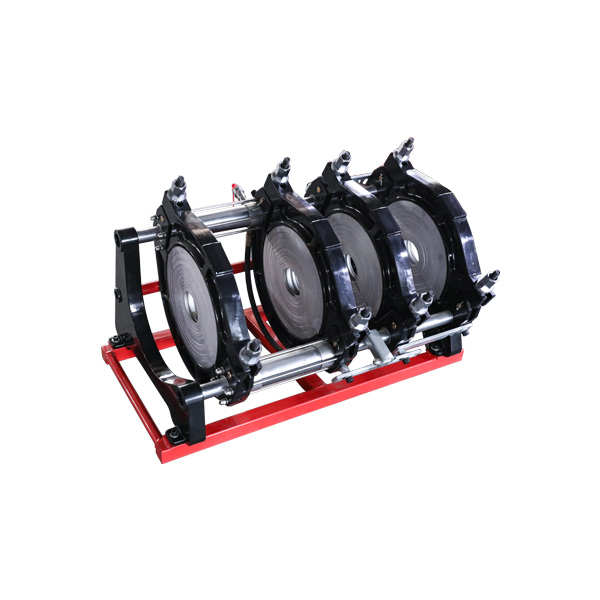Contact us

The development level of welding technology is one of t […]
The development level of welding technology is one of the signs of the development level of a country's machinery manufacturing and science and technology. The current development trend of welding technology has the following characteristics:
⑴ With the continuous emergence of new welding materials and structures, it is necessary to develop new welding process methods.
⑵ Improve the commonly used common welding process methods, improve the mechanization and automation level of the welding process, and improve the welding quality and productivity.
⑶ Use electronic computers to control the welding process, and vigorously promote welding robots and welding centers.
⑷ Develop special complete sets of welding equipment.
The following introduces some mature welding technologies:
1. Ultrasonic welding
[Ultrasonic welding] refers to a pressure welding method that uses the high-frequency oscillation of ultrasonic waves to locally heat and clean the surface of the workpiece joint, and then apply pressure to achieve welding. When ultrasonic welding is performed, the surface of the weldment has no deformation, and the surface does not need to be strictly cleaned, and the welding quality is high. Ultrasonic welding is suitable for welding workpieces whose thickness is less than 0.5mm. It is widely used in radio, instrumentation, precision machinery and aviation industry.
Two, explosive welding
[Explosive welding] is a pressure welding method that uses the impact force generated by explosive explosion to cause rapid collision of workpieces and realize connection of workpieces. Explosive welding has high quality and simple process operation. Explosive welding mainly uses GF to produce composite materials. The fuel tank of the American "Apollo" moon landing spacecraft is made of titanium plates, and its connection with stainless steel pipes uses explosive welding.
Three, plasma arc welding
[Plasma arc welding] is a method of welding with a higher energy density plasma arc by means of the restraint effect of the water-cooled nozzle on the arc. The plasma arc energy is easy to control, the energy density is large, the penetration ability is strong, the welding quality is high, the productivity is high, and the welding seam aspect ratio is large. However, its welding torch structure is complex and requires high control systems. Plasma arc welding is widely used in the welding of copper alloys, titanium alloys, alloy steels and other metals used in cutting-edge technologies such as aerospace.
Fourth, diffusion welding
[Diffusion welding] refers to a solid-state welding method in which the workpiece is pressurized at high temperature without visible deformation and relative movement. Diffusion welding is characterized by high quality of welded joints and small deformation of weldments. It can weld the same and dissimilar metal materials, especially materials that are not suitable for fusion welding. It can also be used for welding between metals and non-metals. It can be assembled with small pieces. Large parts with uniform mechanical properties and complex shapes can be used to replace overall forging and machining.
Five, laser welding
[Laser welding] refers to the method of welding with the heat generated by bombarding the weldment with a focused laser beam. Its characteristics are: high energy density, fast welding speed; welding seam can be extremely narrow and small deformation; greater flexibility, and can realize joints that are difficult to access by general welding methods or joints that cannot be placed and long-distance welding. It is mostly used for welding of ultra-small components in the instrument, microelectronics industry and special materials in space technology. In addition, the laser can also be used to cut various metal and non-metal materials.
Six, magnetic pulse welding
[Magnetic pulse welding] refers to the welding method that relies on the impact of the pulse magnetic field interaction between the welded workpieces to realize the connection between metals. Its working principle is similar to explosive welding, and it is suitable for welding thin-walled pipes and dissimilar metals.
Seven, electron beam welding
[Electron beam welding] refers to the method of welding using the heat generated by accelerated and focused electron beam bombardment of weldments placed in vacuum or non-vacuum. Its welding characteristics are: high energy utilization, fast speed, narrow and deep welds, small welding deformation, pure weld metal, high welding quality, but complex welding equipment, high cost, and high technical requirements for use and maintenance. It is increasingly widely used in cutting-edge technology sectors such as atomic energy and aerospace.
https://www.chbuttfusionweldingmachine.com/product/hydraulic-butt-fusion-welding-machines/


Quick Links
Products
Contact Us

